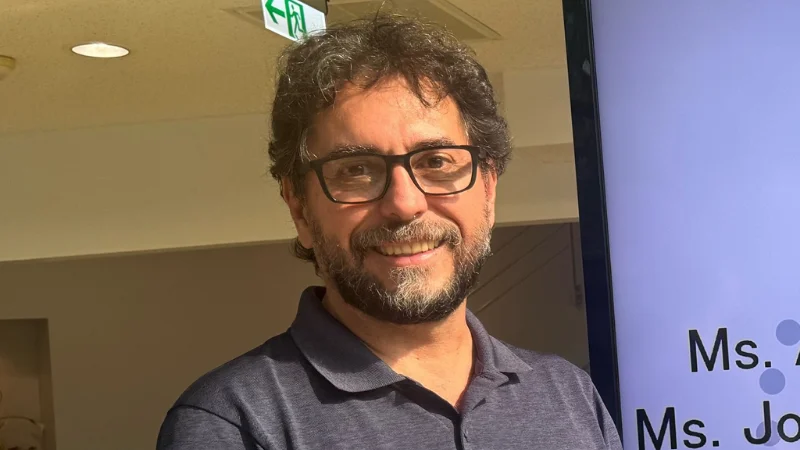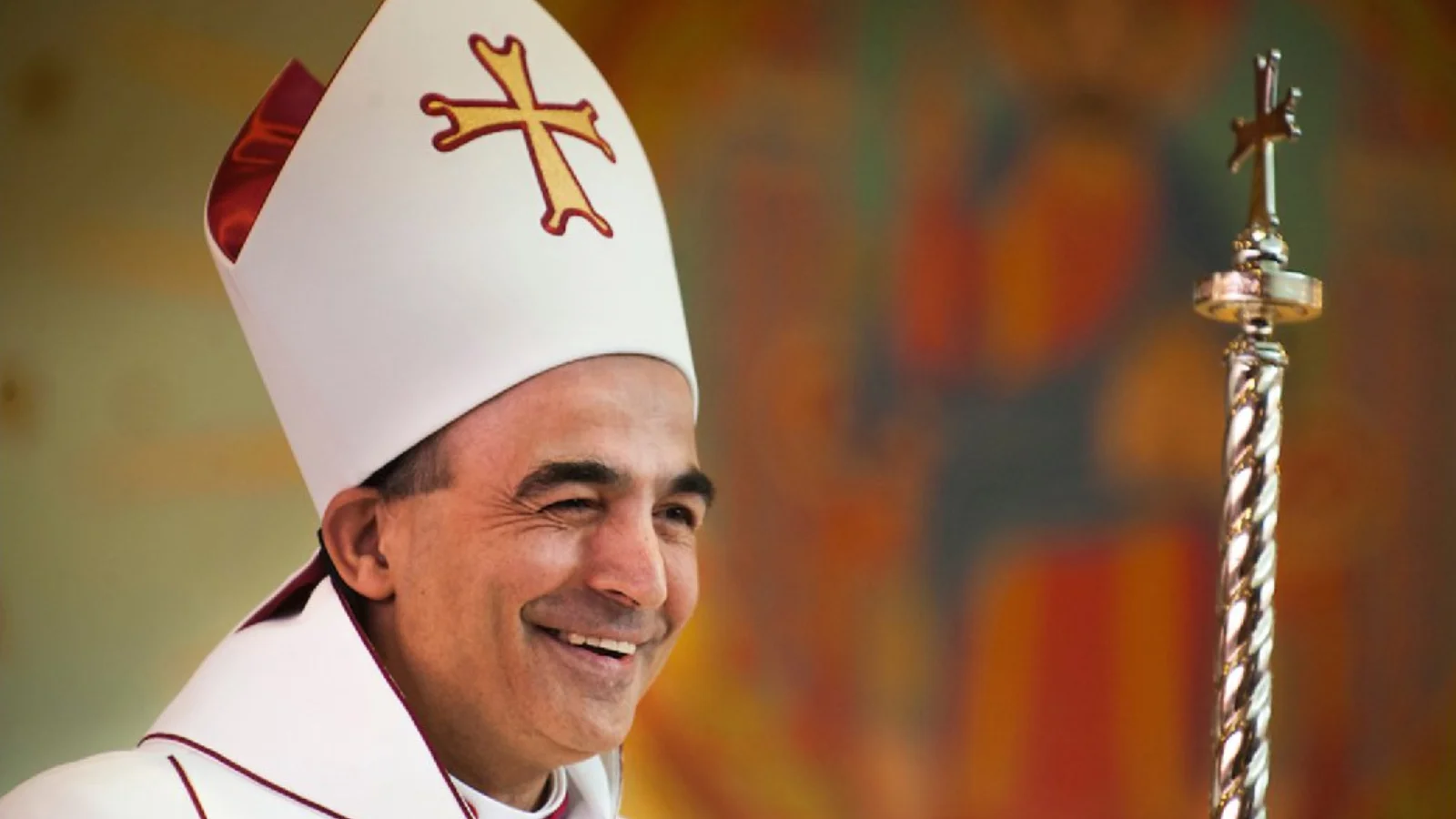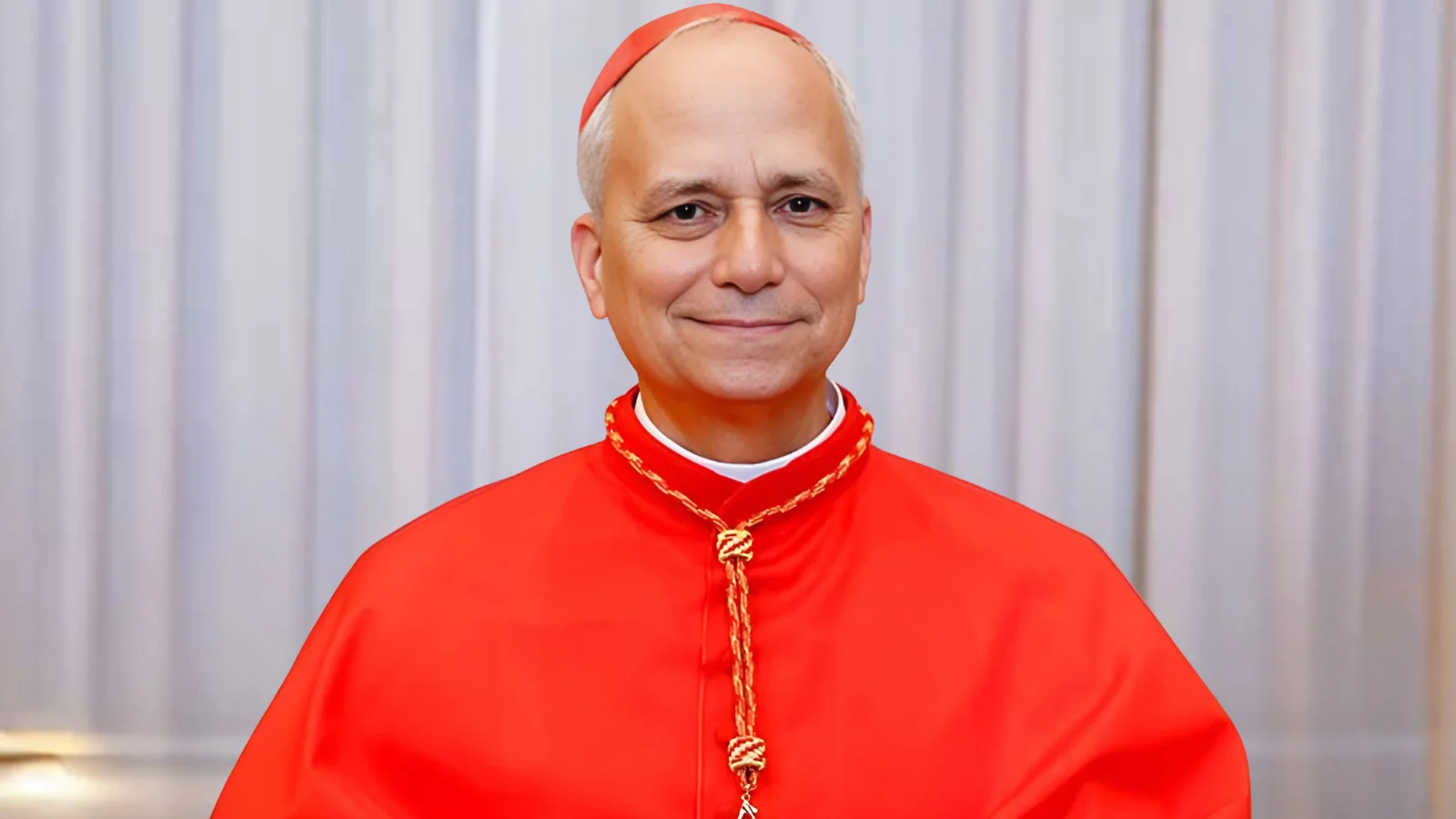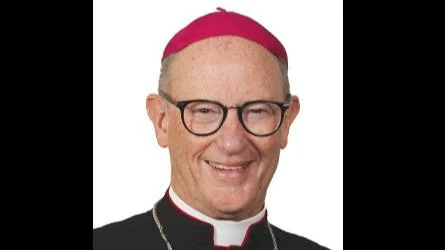
Revered Carl A. Kemme, D.D. Bishop | Diocese of Witchita
Vatican City – The Catholic Church follows time-honored guidelines when managing the period between the death or resignation of a pope and the election of a successor. These guidelines are detailed in the apostolic constitution "Universi Dominici Gregis," first established by St. John Paul II in 1996 and revised by Pope Benedict XVI in 2007 and again before his 2013 resignation.
According to these instructions, the funeral and burial of a pope who dies in office should occur between the fourth and sixth day after death, with the specific date set by a meeting of all cardinals present in Vatican City after the pope's death. Also, the cardinals decide when to initiate the conclave to elect a new pope, with "Universi Dominici Gregis" stipulating the conclave should begin at least 15 days but no more than 20 days after the papacy becomes vacant. An earlier start is permissible if all cardinal electors arrive on time.
The "novendiales," or nine-day official mourning period, begins with the funeral. For the following eight days, memorial Masses take place in St. Peter’s Basilica. Meanwhile, Vatican operations are temporarily adjusted; top-level officials like prefects lose their duties, but ordinary Vatican business persists, overseen by dicastery secretaries. Some operations, such as document publication and nominations, are suspended until a new pope is elected.
Certain key Vatican officials retain their titles and responsibilities. The “camerlengo,” currently U.S. Cardinal Kevin J. Farrell, plays a primary role when a pope dies or resigns. Cardinal Angelo De Donatis, head of the Apostolic Penitentiary, also remains in position to address matters related to confession and indulgences. Cardinal Konrad Krajewski, the “almoner of His Holiness” and prefect of the Dicastery for the Service of Charity, continues his role as well.
The funeral process is detailed in the “Ordo Exsequiarum Romani Pontificis,” originally approved by St. John Paul II and later updated by Pope Francis in 2024.
A physician directs the Vatican health care service in certifying the pope’s death, while ritual verification occurs in the chapel of the pope's residence, led by the camerlengo.
Cardinals, including those over 80 years old, partake in congregations before the conclave. The general congregation, led by Dean Cardinal Giovanni Battista Re, addresses significant matters, while the particular congregation handles lesser issues. Various tasks, such as preparing the Domus Sanctae Marthae for the conclave, setting up the Sistine Chapel for the election, and assigning clerics to prepare meditations, fall to the general congregation. They also approve expenditures related to the pope’s death and manage the destruction of the papal ring and seal.
While not as confidential as the conclave, the proceedings of the general congregation maintain a degree of secrecy. Translators facilitate communication among cardinals in multiple languages, including Italian, Spanish, English, French, and German.






 Alerts Sign-up
Alerts Sign-up